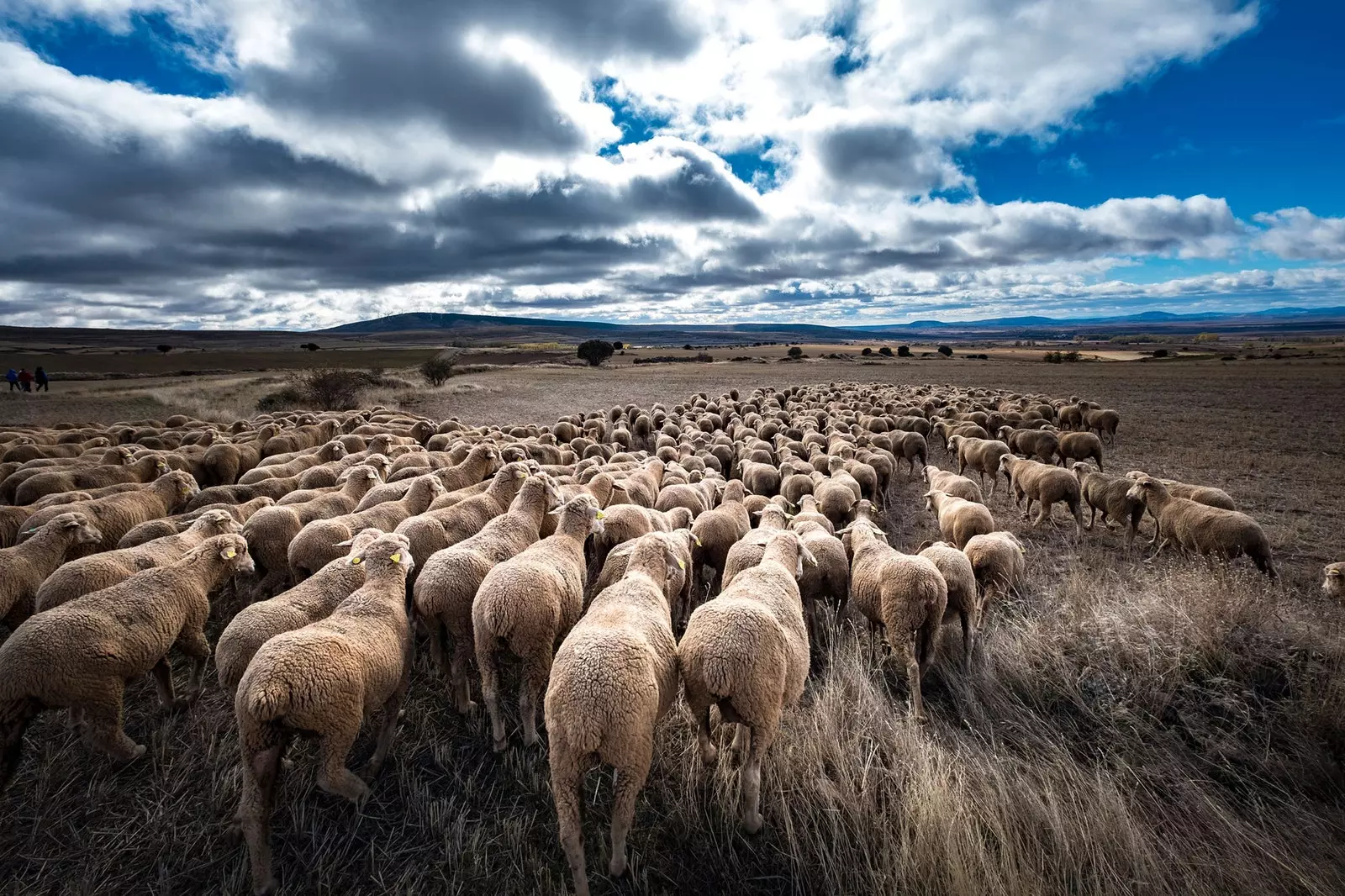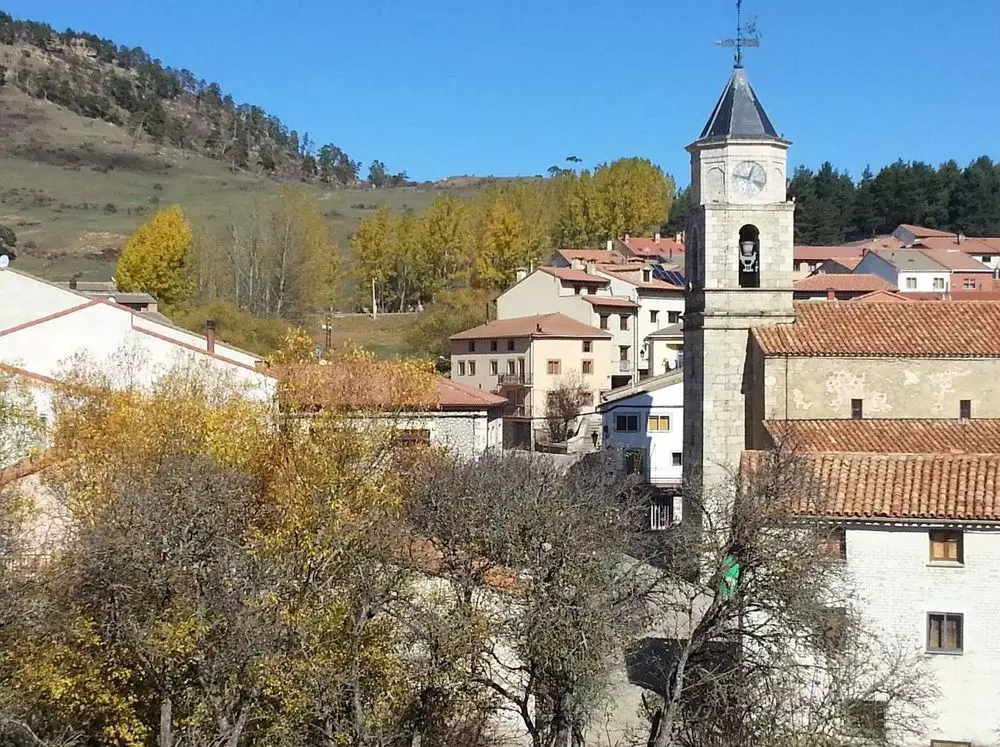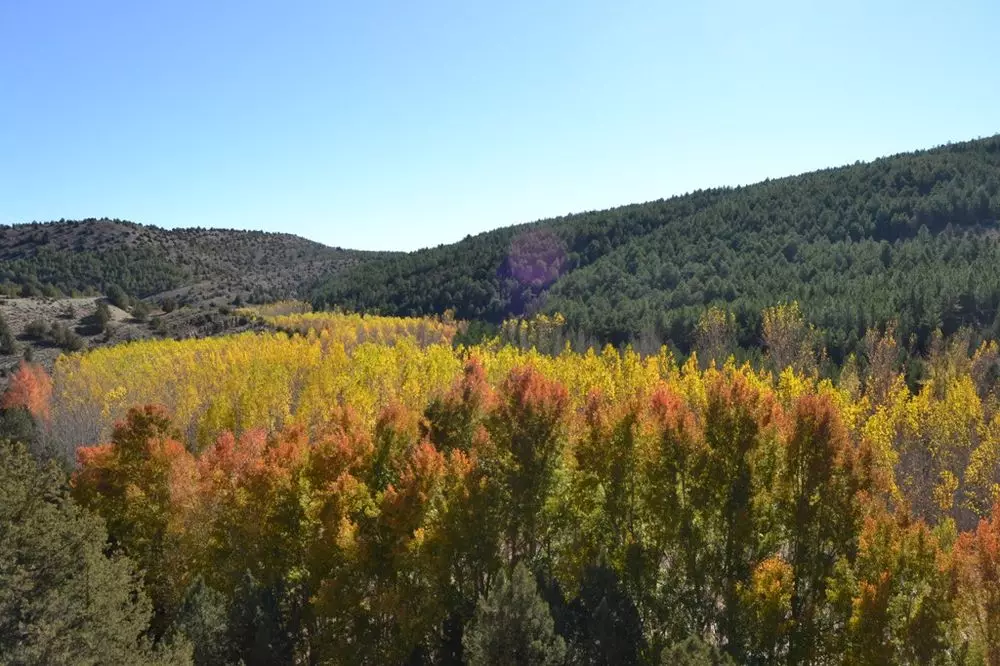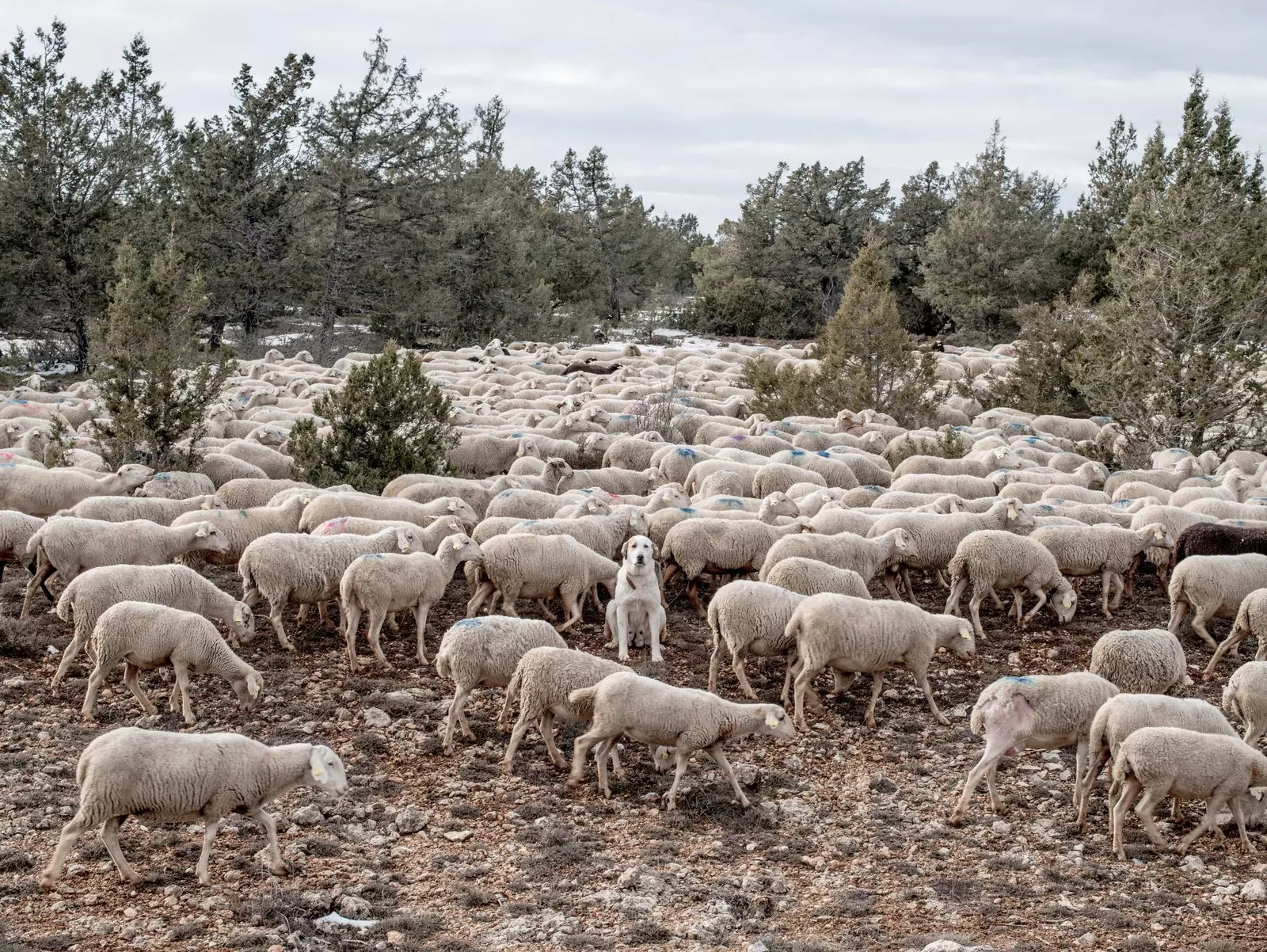
History of the travelers of Guadalaviar, a nomadic people
In the Iberian Peninsula we find several transhumance nuclei , including a small town in **the Sierra de Albarracín in Teruel** called Guadalajara.
With 242 registered inhabitants, up to ten families have started transhumance in these last weeks of autumn. The men "start from the sidewalk" , that is, they begin to walk with their herds of hundreds of sheep, goats and cows.
The women make the same journey by car with the children and the house on their backs. Talking about ten families in a town with so few inhabitants, is saying a lot.
Since centuries, the herds move to more temperate places when Teruel's harsh winter arrives. In the case of Guadalaviar, thousands of sheep, goats and cows are driven to Vilches and La Carolina (Jaén).

Guadalajara
The link between these very distant populations is obvious, since they are counted various marriages between mountain men and women from Jaén.
All this journey has a meaning and all the derivatives that it supposes speak of tradition, respect for the environment and ethnological wealth.
The transhumance tradition of the town of Guadalaviar is unquestionable, and for this reason **a few years ago the municipal museum dedicated to Transhumance opened its doors. **
Herds, dogs and shepherds accustomed to walking more than four hundred kilometers between Teruel and Jaén. "Many more!" they say. Shepherds never walk in a straight line: we go back, we go out to redirect some animal, etc!".
With an average of twenty kilometers a day they usually take a little less than a month to complete the transfer. The shepherds sleep in tents in places frequented forever.
A truck performs the work of a broom car , picking up sick or pregnant ewes, as well as small lambs unable to keep up.
The animals perceive two springs and soften both the high summer temperatures and the low winter temperatures. They get sick less, they eat a variety of foods, they exercise: these are all advantages. The sheep eat and sow along the way, the seeds are transported from one place to another.

River forest associated with the Guadalaviar riverbed
LET'S TALK ABOUT ROADS, LET'S REVINDICATE THE ROADS
The sidewalk, the royal ravines that trace itineraries from north to south of the Peninsula, date from a royal edict of Alfonso X el Sabio in 1273 by which the Honorable Council of La Mesta was created.
It is a constant complaint of all transhumant to see how year after year the plowing of bordering lands, road construction or real estate construction scratches meters to the paths through which the cattle have always run.
A royal canyon had to have a fixed width of 90 Castilian varas (about 72 meters). Some sections have been left with less than half the width. And we will no longer talk about those that are part of urban layouts, such as Madrid, or Ruidera (Royal City).
“The problem is in spring –tell the transhumants of Guadalaviar– when returning from Jaén the field is full of cereals and fruits. It is then much more difficult for the animals not to leave the royal glen attracted by the food. Now in November everything is harvested and harvested, it is more bearable.”
More than a trip or an economic activity, what is fair is consider transhumance as a way of life.

The king of the herd on his way through the meadows of Teruel
